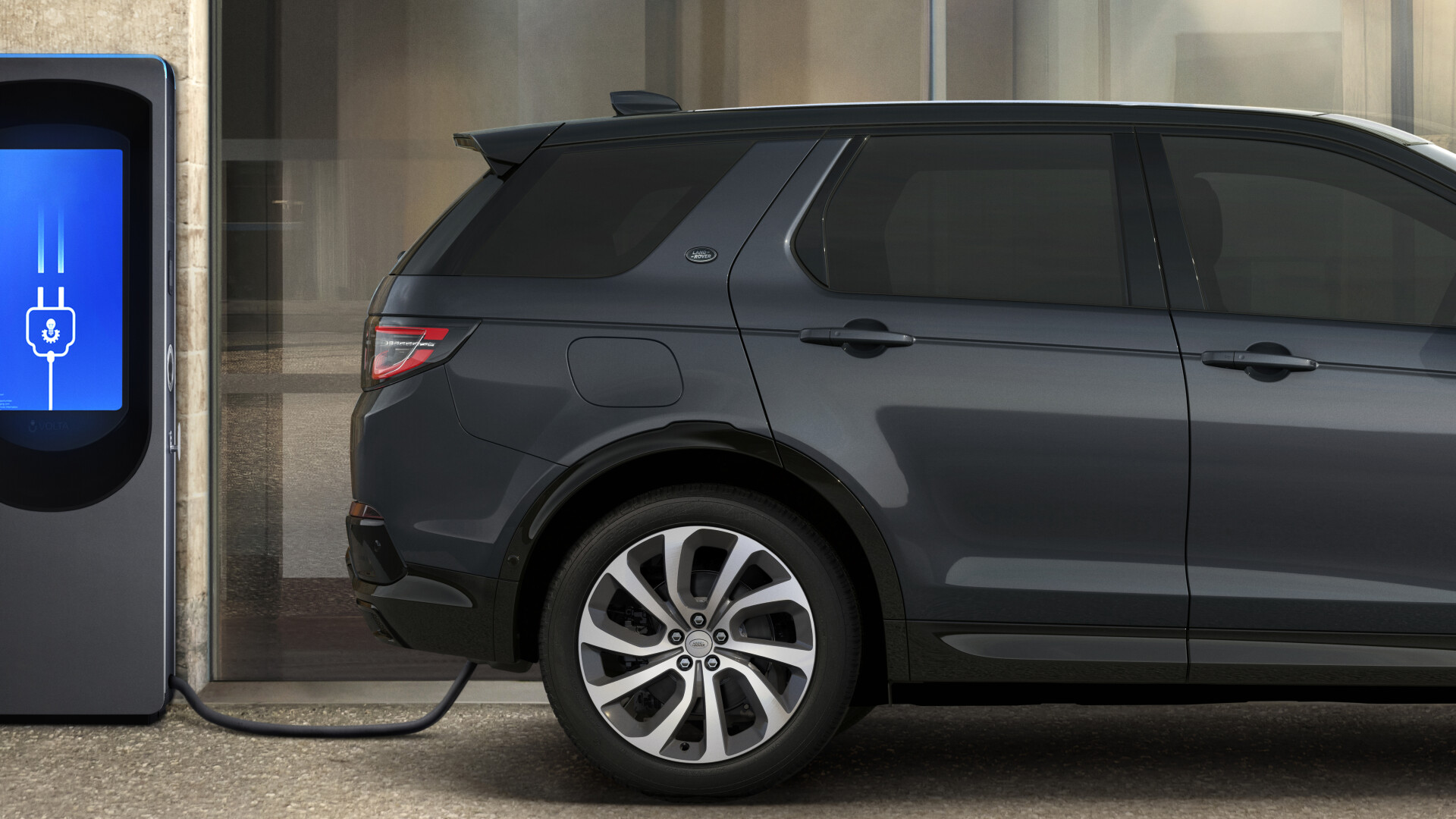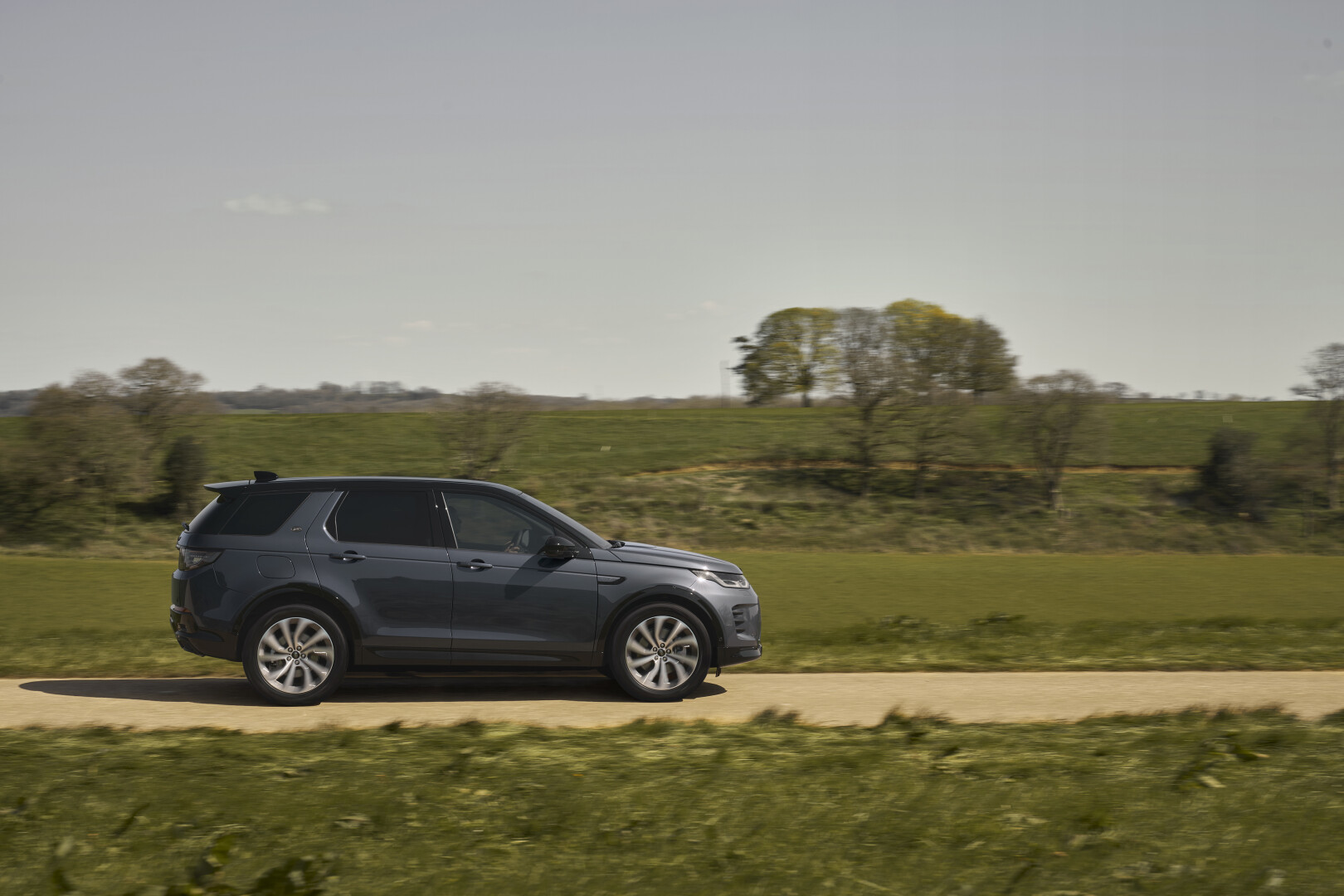Somewhat like death and taxes, the morphing of Land Rover into the hybrid and electric sphere was inevitable and the new Discovery Sport combines electrified efficiency and performance are provided by the most potent model in the Discovery Sport line-up – the P300e plug-in electric hybrid.
Primary power comes from a 1,5-litre 147 kW turbo-charged three-cylinder Ingenium petrol engine constructed using lightweight aluminium that weighs 37 kg less than a four-cylinder engine. This is combined with an 80 kW electric motor integrated into the rear axle, which draws its power from a 14,9 kWh lithium-ion battery below the rear seats for a combined power output of 227 kW.
 Land Rover claims pure electric motoring up to 61 km with an expected real-world electric range of up to 47 km, so more than 90% of average daily journeys can be completed in EV mode. For longer journeys, the electric hybrid has a total real-world range of up to 634 km.
Land Rover claims pure electric motoring up to 61 km with an expected real-world electric range of up to 47 km, so more than 90% of average daily journeys can be completed in EV mode. For longer journeys, the electric hybrid has a total real-world range of up to 634 km.
The battery features rapid DC charging capability as standardwith a 0-80% charge using a 50 kW DC public charger taking around 30 minutes. On a 7 kW AC home charger, it can be charged from 0-100% in around two hours.
“Rapid DC charging isn’t the default technology when it comes to plug-in electric hybrid vehicles, often reserved for fully electric. Available as standard for Discovery Sport, we’re ensuring drivers have the most advanced and capable powertrain technologies to enable everyday family adventures, no matter the terrain,” says James Sanderson, Lifecycle Chief Engineer, Discovery Sport.
 It has three driving modes:
It has three driving modes:
- HYBRID mode (the default driving mode) – automatically combines power from the electric motor and petrol engine, adapting to driving conditions and the remaining charge in the battery. Entering a destination in the navigation system enables the Predictive Energy Optimisation (PEO) function to intelligently integrate route and GPS data to maximise efficiency and comfort for the selected journey.
- EV (Electric Vehicle) mode – enables the vehicle to run solely on the electric motor using the energy stored in the battery, for quiet, zero-tailpipe emission journeys.
- SAVE mode – prioritises the combustion engine as its main power source, maintaining battery State of Charge at the chosen level. In SAVE mode, the vehicle uses a combination of regenerative braking and the engine, via the belt-integrated starter generator, to charge the battery. The vehicle can recover up to 80% charge in SAVE mode in 90 minutes.
Colin Windell - proudly CHANGECARS











